However, to transform that potential into economic strength, Hanoi needs a fundamental "push": Infrastructure for craft villages and infrastructure for tourism.

Strong resources, weak links
Without craft, the village is just a physical living space; with craft, the village becomes a living cultural entity. It is the craft that creates customs, beliefs, festivals and even community life. Therefore, developing craft village tourism must start from preserving and reviving the craft, that is, consolidating the production foundation, ensuring that "if the craft survives, tourism can survive".
Tourists come to craft villages not only to buy products, but also to experience the creative process, from selecting raw materials, manufacturing, to understanding the historical and humanistic stories behind each product. At that time, handicrafts are not just goods, but cultural symbols - a form of intangible heritage that can be exploited for tourism.

Hanoi currently has more than 1,350 craft villages and villages with crafts, of which 337 craft villages, traditional crafts and traditional craft villages have been recognized, creating jobs for more than 1 million workers, contributing tens of thousands of billions of VND each year to the rural economy. However, the physical infrastructure and tourism infrastructure of most craft villages are still weak and fragmented.
Production facilities are interspersed with residential areas, roads are narrow, there is a lack of product display areas, rest stops, parking lots, experience services and accommodation. Environmental pollution and lack of overall planning make it difficult for many craft villages to expand production scale and welcome tourists.
Some bright spots such as Bat Trang, Van Phuc, Phu Vinh, Son Dong… have gradually formed a model of craft village tourism, but most of them have stopped at the level of “sightseeing and shopping”, lacking cultural depth. The rate of craft villages closely linked to tourism activities has only reached about 15%, mainly spontaneously, lacking strategic orientation.

Infrastructure investment - the key to sustainable development
To realize the goal of turning Hanoi into the "Capital of Crafts and Arts", the city is implementing the Master Plan for Craft Village Development for the 2025-2030 period, with a vision to 2050, focusing on five infrastructure pillars. One is technical infrastructure: Expanding traffic, environmental treatment, planning concentrated production areas. Two is tourism infrastructure: Exhibition space, experience routes, product introduction centers, accommodation areas, and culinary services. Three is digital infrastructure: Digital tourism maps, promotional platforms, virtual reality technology (VR/AR) so that tourists can "experience remotely". Four is market connection infrastructure: Linking with travel agencies, tourism associations, and e-commerce platforms. Five is cultural and human resources infrastructure: Training tour guides and artisans to teach performance skills and craft storytelling.
This is not just physical infrastructure, but a “comprehensive ecosystem connecting professions, people, products and tourists” - a prerequisite for craft village tourism to develop in depth.
To improve, Hanoi needs to develop a set of criteria for recognizing tourism craft villages that are close to the standards of the World Crafts Council (WCC), including 5 groups of criteria: clear, continuous craft identity and high cultural value; unique, creative, environmentally friendly craft products; craft communities with the capacity to organize, welcome and tell stories to tourists; planned village space, with landscape and infrastructure services that meet tourism standards; applying digital technology in international promotion and trade.
When reaching WCC standards, Hanoi craft villages not only affirm their domestic brands, but also open up to the global market, attracting international tourists to experience Vietnamese cultural values.

The city needs to review all 337 recognized craft villages and lost trades that are typical of the culture of Trang An - Xu Doai to classify them according to capacity and characteristics. First, the heritage craft village group: Focus on preserving, restoring and teaching. Second, the production - trade craft village group: Put them into concentrated industrial clusters, treat pollution, modernize processes. Third, the tourism craft village group: Prioritize investment in tourism infrastructure, build a model of "one destination - many experiences".
If these three groups are planned synchronously and have policies to support long-term cooperation between businesses and artisans, Hanoi will form a value chain of craft villages - tourism - culture - creativity, contributing to realizing the aspiration of "Global Creative Capital".
When the craft is maintained, the village has a soul; when the infrastructure is completed, tourism will flourish. Hanoi's craft villages will not only be places where products are made, but also become living cultural symbols, contributing to raising the capital's brand in the process of international integration.
Source: https://hanoimoi.vn/lang-nghe-ha-noi-can-cu-hich-ha-tang-de-cat-canh-du-lich-721352.html




![[Photo] National Assembly Chairman Tran Thanh Man received a delegation of the Social Democratic Party of Germany](https://vphoto.vietnam.vn/thumb/1200x675/vietnam/resource/IMAGE/2025/10/28/1761652150406_ndo_br_cover-3345-jpg.webp)
![[Photo] Flooding on the right side of the gate, entrance to Hue Citadel](https://vphoto.vietnam.vn/thumb/1200x675/vietnam/resource/IMAGE/2025/10/28/1761660788143_ndo_br_gen-h-z7165069467254-74c71c36d0cb396744b678cec80552f0-2-jpg.webp)
![[Photo] Prime Minister Pham Minh Chinh chaired a meeting to discuss solutions to overcome the consequences of floods in the central provinces.](https://vphoto.vietnam.vn/thumb/1200x675/vietnam/resource/IMAGE/2025/10/29/1761716305524_dsc-7735-jpg.webp)

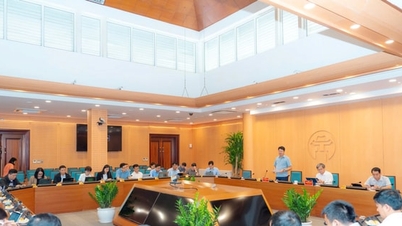







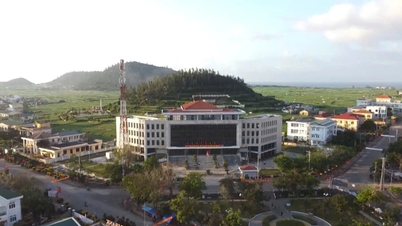















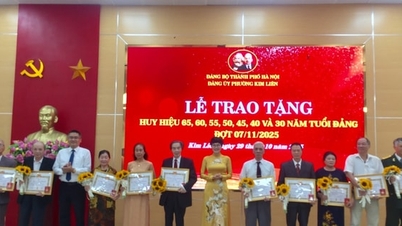
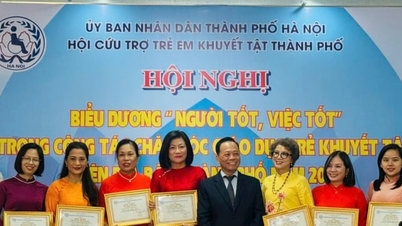
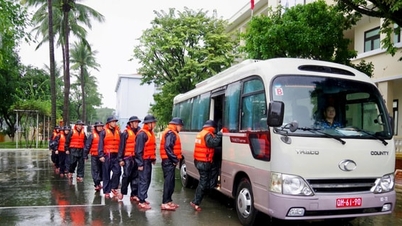


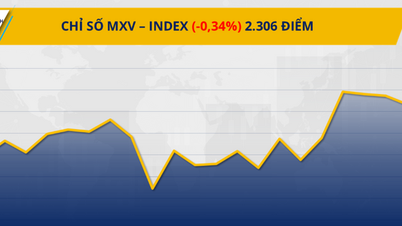
![[Photo] Draft documents of the 14th Party Congress reach people at the Commune Cultural Post Offices](https://vphoto.vietnam.vn/thumb/1200x675/vietnam/resource/IMAGE/2025/10/28/1761642182616_du-thao-tai-tinh-hung-yen-4070-5235-jpg.webp)

































![[Infographic] Vietnam's socio-economic situation in 5 years 2021-2025: Impressive numbers](https://vphoto.vietnam.vn/thumb/402x226/vietnam/resource/IMAGE/2025/10/29/1761730747150_anh-man-hinh-2025-10-29-luc-16-38-55.png)




















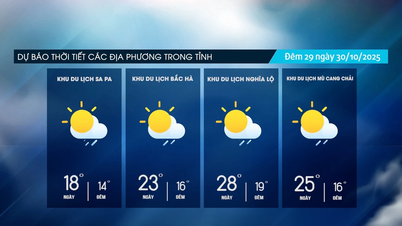


















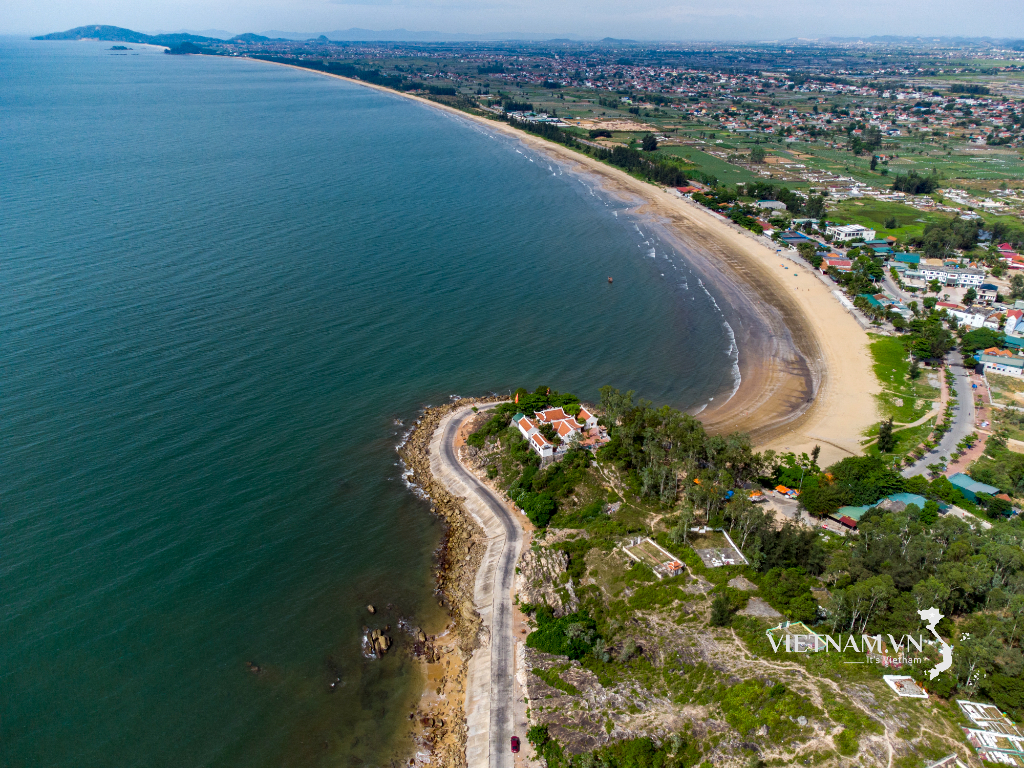
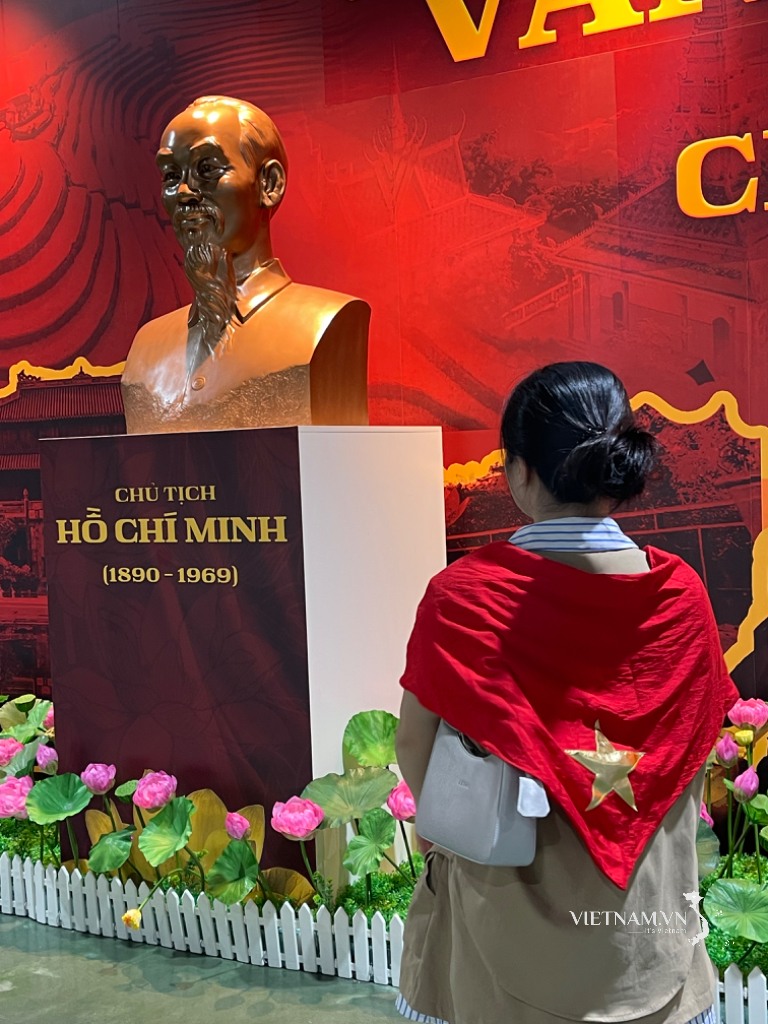
Comment (0)